Data Communication & Its Components
Table of Contents
Data communication refers to the Electronic transmission of information between two devices by using a communication channel such as a wire pair cable or fiber optics. Delivery, accuracy, timeliness, and jitter are four important characteristics of a good data communication system.
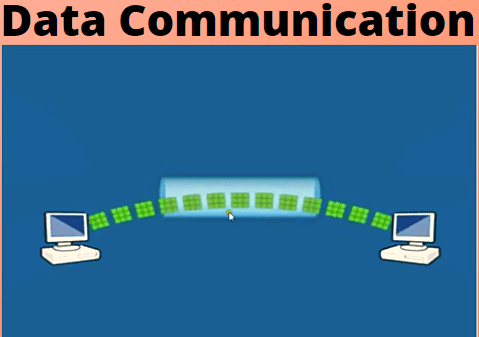
What Is Data Communication In Computer?
Data communication refers to the process of transmitting data and information electronically from one place to another by using some transmission medium. Data communications only happen when communicating devices are part of a communication system based on hardware and software.
Data communication enables the movement of electronic or digital data between two or more devices independent of their current geographical position, transmission medium, or data contents. The important Elements of Data Communication are message, sender, receiver, transmission medium, and protocol.
Local data communication occurs in the same geographical area.
Characteristics of Data Communication
Data communication refers to the process of transmitting data and information electronically from one place to another by using some transmission medium. Delivery, accuracy, timeliness, and jitter are four important characteristics of data communication
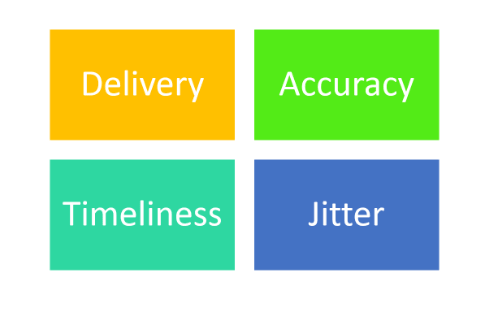
1. Delivery: The data must be delivered from the source device to the correct destination in the right order.
2. Accuracy: The data must be delivered error-free. If there exists any inaccuracy during transmission, the data should be retransmitted.
3. Timeliness: The data must be delivered during the specified time period. The late delivered data become useless.
4. Jitter: It is the uneven or unexpected delay in the packet arrival time that causes uneven quality.
What are the Types of Data Communication?
The well-known types of data transmission are as follows:
- Personal Computer to Personal Computer
- Personal Computer to Host Computer
- Processor to Processor
Personal Computer to Personal Computer
In general, personal computers can also interact and communicate with each other on a one-to-one basis. There is no restriction on the exchange of information with one another. This communication can also be further divided into more two types. They are
- Online Communication
- Offline Communication
Online Communication
In this communication, devices are connected directly to interchange information. a direct connection is made between the devices interchanging information, and the transfer happens immediately. The actual data transfer time lies in the capacity of the line and the amount of data to be transmitted
Offline Communication
In this communication, information is not transmitted immediately. The data is prepared for subsequent transmission. This is a type of batch process communication because the data is firstly processed in batches and is then communicated at the already-scheduled time.
Personal Computer to Host Computer
A personal computer in a network depends on a large computer known as the host computer for the purpose to send, receive, and store information. It can be a mid-range server or supercomputer. The host computer provides the processing facility as well as data to the personal computer.
Processor to Processor
This type of communication took place between two or more computers that interchange a large amount of data such as the update of files or records, etc. It also specifies the communication between two or more computers when working in a squad.
This type of communication is often occurring between computers in the same area.
The data communication is furthermore divided into the following types:
- Analog data transmission
- Digital data transmission
Analog Data Transmission
In analog data communication, the data is transmitted from one device to another in the form of analog signals or continuous waves. The analog signals are based on a continuous electrical wave. Common examples of analog signals are sound waves, light waves, or radio waves.
Digital Data Transmission
In digital data communication, the data is transferred from one place to another in the form of electrical pulses or digital signals. A digital signal is based on electric pulses. Each electrical pulse represents bits joined together into bytes. A computer receives and interprets data in digital form.
In digital data transmission, data is transmitted through a telephone line, microwave system, and satellite. Both sending and receiving devices in this system must have a modem. A modem is a device that transforms analog signals into digital and vice versa.
What are the 5 Components Of Data Communication?
The data communications process can only happen when the communicating devices are part of a communication system based on hardware and software. The message, sender, receiver, transmission medium, and protocol are the important components behind the successful data communication process.
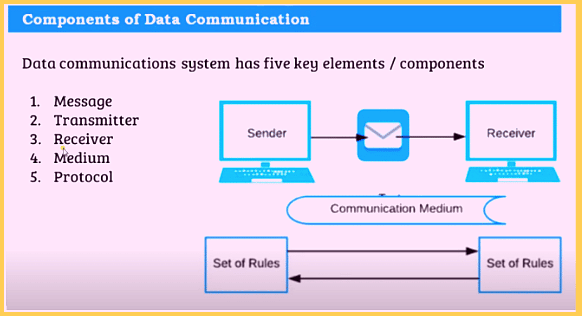
- Message
- Sender
- Receiver
- Transmission Medium
- Protocol
Message
The message refers to the data or information that is being transmitted from the sender to the receiver. It may consist of text, images, audio, video, graphics or pictures, etc.
Sender
The sender is a device that creates a message and sends it. The message may consist of text, numbers, pictures, graphics, audio, video, etc. The sender is also called a source transmitter or node. In general, the computer participates as a sender in data communication systems.
Receiver
The receiver is a device that receives a message sent by the sender. It is also called a sink. The receiver is normally located at a different place from the sender. It can be a computer, printer, or another computer-related device. Furthermore, the receiver must have the ability to accept the message.
Transmission Medium
It is the channel or physical path through which the message is carried from the sender to the receiver. The transmission medium can be wired like twisted-pair wire, coaxial cable, fiber-optic cable, or wireless like laser, radio waves, and microwaves.
Medium is a physical path or way that is used to carry out the message from the sender to the receiver. It is compulsory because it also joins the sender and receiver. The medium may be consisting of twisted-pair wire, coaxial cable, fiber-optic cable, or wireless like laser, radio waves, and microwaves.
Protocol
The protocol is a set of rules for exchanging information among computers. These protocols govern the data communication process by specifying how the communication channel is established, by what means information is transmitted and how errors are detected and corrected.
Functions of Communication Protocols
The main functions of the protocol are as follows:
Data Sequencing
The process of breaking a long message into smaller blocks is called data sequencing. A long message is divided into smaller packets of the same size. This technique also reduces the amount of data that is retransmitted if an error is detected.
Data Routing
Data routing is the process of finding the most efficient path between source and destination before sending data. This technique also increases the efficiency of data communication.
Data Flow
All computers are not equally efficient in terms of speed. Data flow is a process that controls data transmission properly if the sender computer is faster than the receiver computer.
Error control
Error controlling is also the main function of these protocols. Fault detecting and recovering are one of the major functions of communication protocol. It guarantees that data is transmitted without any error. It also solves the problem if an error is detected.
Encoding
The computer works only with binary numbers. It stores all types of data in the form of binary digits. The data is converted to binary form before it is stored inside the computer. The process of converting data into a binary form is called ASCII.
ASCII
ASCII stands for American Standard Code for Information Interchange. This code is a standardized set of encoding characters. It was published in 1968 by ANSI (American National Standard Institute). It can represent 256 characters.
Check This
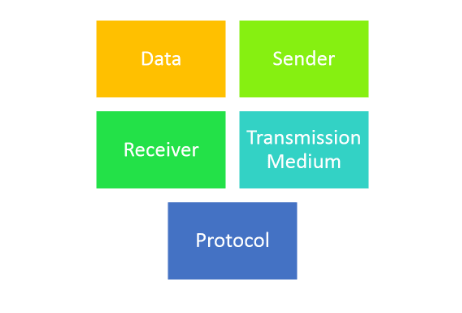


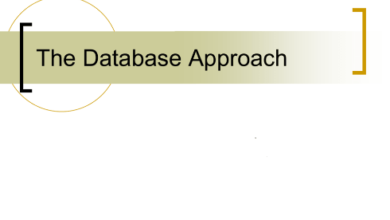
The video was interesting and I want to learn more on Data communication. Please can you send me more videos on YouTube practical connection of the network